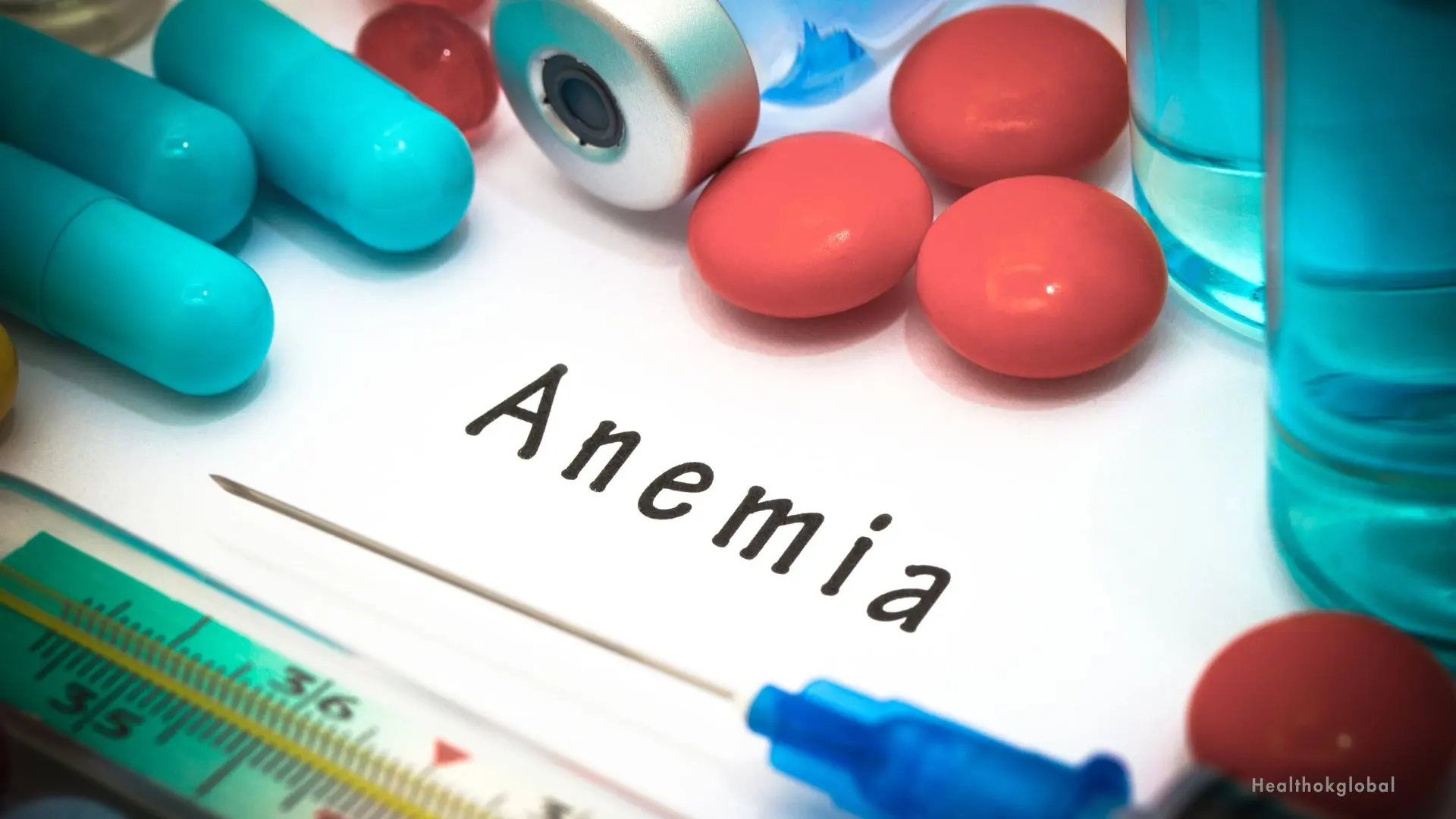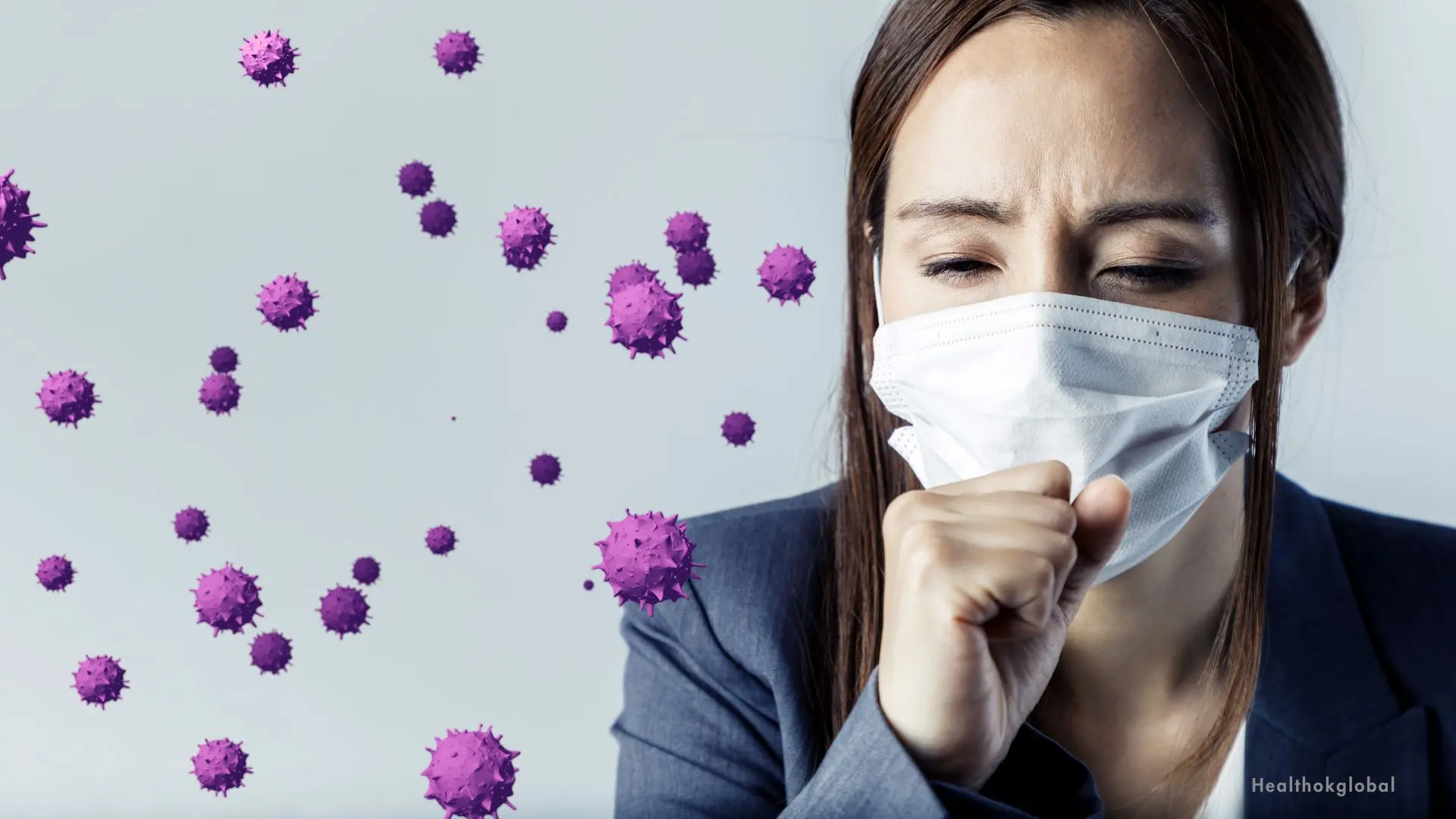Mouth larva, also known as oral myiasis, is a rare condition caused by the infestation of fly larvae in the mouth.

Blog
Mouth Larva (Oral Myiasis): Causes, Symptoms & Treatment
Mouth larva, also known as oral myiasis, is a rare and distressing condition caused by the infestation of fly larvae (maggots) in the oral cavity. This condition is more common in tropical and subtropical regions and often affects individuals with poor oral hygiene, underlying medical conditions, or compromised immune systems. This comprehensive guide explores the causes, symptoms, treatment options, and preventive measures for mouth larva, providing valuable information for understanding and managing this condition effectively.
Oral myiasis occurs when fly larvae infest the tissues of the mouth. Flies, particularly those from the Calliphoridae family (blowflies), lay eggs in necrotic or decaying tissue, which then hatch into larvae. These larvae feed on the host's tissue, causing significant discomfort and damage. While the condition is rare, it requires prompt medical attention to prevent complications and ensure proper treatment.
Several factors can contribute to the development of oral myiasis, including:
Inadequate oral hygiene creates an environment conducive to the growth of bacteria and decay, attracting flies that lay eggs in the mouth.
Conditions such as diabetes, malnutrition, and immune deficiencies can increase susceptibility to infections and infestations.
Open wounds, ulcers, or necrotic tissue in the mouth can provide an ideal site for fly eggs to be deposited.
Living in or traveling to tropical and subtropical regions where flies are more prevalent increases the risk of oral myiasis.
Lack of sanitation and exposure to environments with high fly populations can contribute to the risk of infestation.
Recognizing the symptoms of oral myiasis is crucial for early diagnosis and treatment. Common symptoms include:
Severe pain and discomfort in the mouth, particularly in the affected area, are common symptoms.
Swelling and inflammation of the affected tissues can occur, leading to difficulty in eating and speaking.
A foul odor from the mouth due to tissue decay and bacterial infection is often present.
In some cases, larvae may be visible in the mouth, particularly in necrotic tissue or open wounds.
Increased saliva production and drooling may occur as a result of the infestation.
Bleeding from the affected area may be observed due to tissue damage.
Accurate diagnosis is essential for effective treatment of oral myiasis. Diagnosis typically involves a thorough examination by a healthcare provider or dentist. Diagnostic steps may include:
A detailed examination of the oral cavity to identify the presence of larvae and assess the extent of tissue damage.
A review of the patient's medical history, including any underlying conditions or recent travel to high-risk areas.
In some cases, imaging studies such as X-rays or CT scans may be used to assess the extent of the infestation and associated tissue damage.
Treatment for oral myiasis involves the removal of larvae and the management of any underlying conditions. Treatment options include:
The primary treatment involves the manual removal of larvae from the affected area using forceps or other instruments. This procedure is typically performed by a healthcare provider or dentist.
Irrigation of the affected area with antiseptic solutions to clean the wound and prevent secondary infections.
Prescription of antibiotics to treat any secondary bacterial infections and anti-inflammatory medications to reduce pain and swelling.
In severe cases, surgical intervention may be necessary to remove necrotic tissue and repair damaged areas.
Management of any underlying medical conditions, such as diabetes or immune deficiencies, to prevent recurrence.
Preventing oral myiasis involves maintaining good oral hygiene and taking steps to minimize exposure to flies. Key preventive measures include:
Regular brushing, flossing, and dental check-ups to maintain oral health and prevent infections.
Prompt treatment of any oral injuries, ulcers, or necrotic tissue to prevent fly infestation.
Ensuring proper sanitation and cleanliness in living environments to reduce the presence of flies.
Applying insect repellents and using protective measures, such as mosquito nets, to minimize exposure to flies, especially in high-risk areas.
Avoiding or taking precautions when traveling to areas with high fly populations, particularly tropical and subtropical regions.
Mouth larva, or oral myiasis, is a rare but serious condition that requires prompt medical attention. Understanding the causes, recognizing the symptoms, and following effective treatment and preventive measures can help manage this condition and prevent recurrence. Maintaining good oral hygiene, managing underlying health conditions, and taking steps to reduce exposure to flies are crucial for overall oral health and well-being. If you suspect an infestation, seek immediate medical or dental care to ensure proper treatment and recovery.
HealthOK Global provides expert insights on nutrition, meal planning, and healthy eating habits. Contact our FREE 24 x 7 Healthcare Helpline at +91-8047190955 for assistance.
Oral myiasis occurs when fly larvae infest the tissues of the mouth. Flies, particularly those from the Calliphoridae family (blowflies), lay eggs in necrotic or decaying tissue, which then hatch into larvae. These larvae feed on the host's tissue, causing significant discomfort and damage. While the condition is rare, it requires prompt medical attention to prevent complications and ensure proper treatment.
Several factors can contribute to the development of oral myiasis, including:
Treatment for oral myiasis involves the removal of larvae and the management of any underlying conditions. Treatment options include:
Need Personalized Health Guidance?
Get expert advice tailored to your specific health needs from our qualified healthcare professionals.





